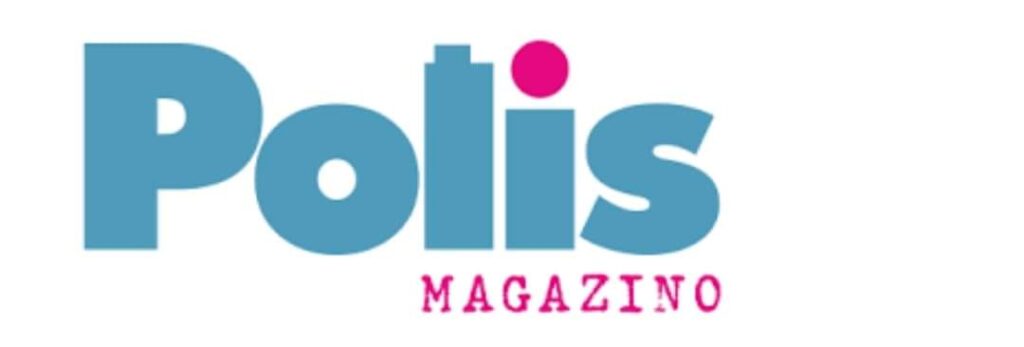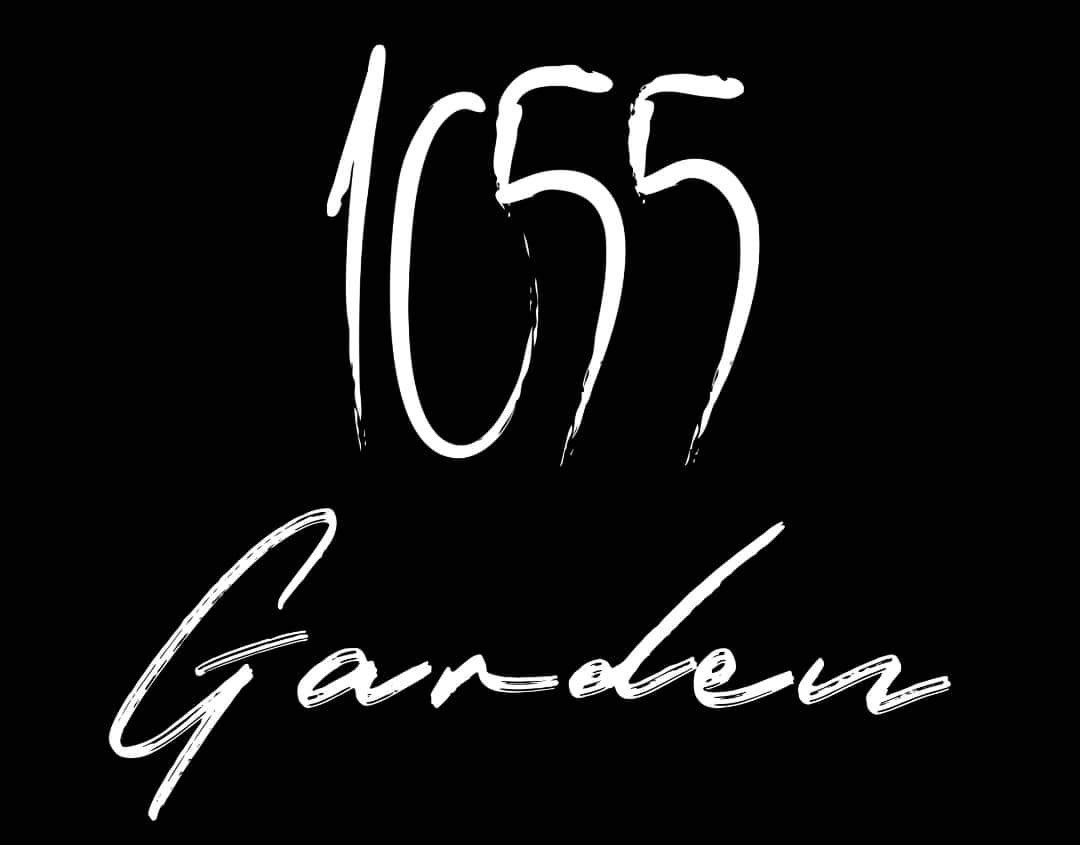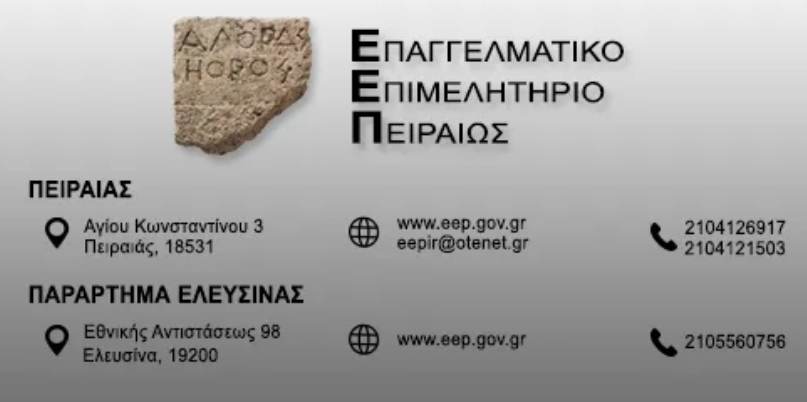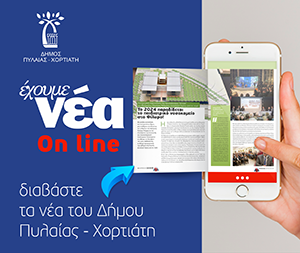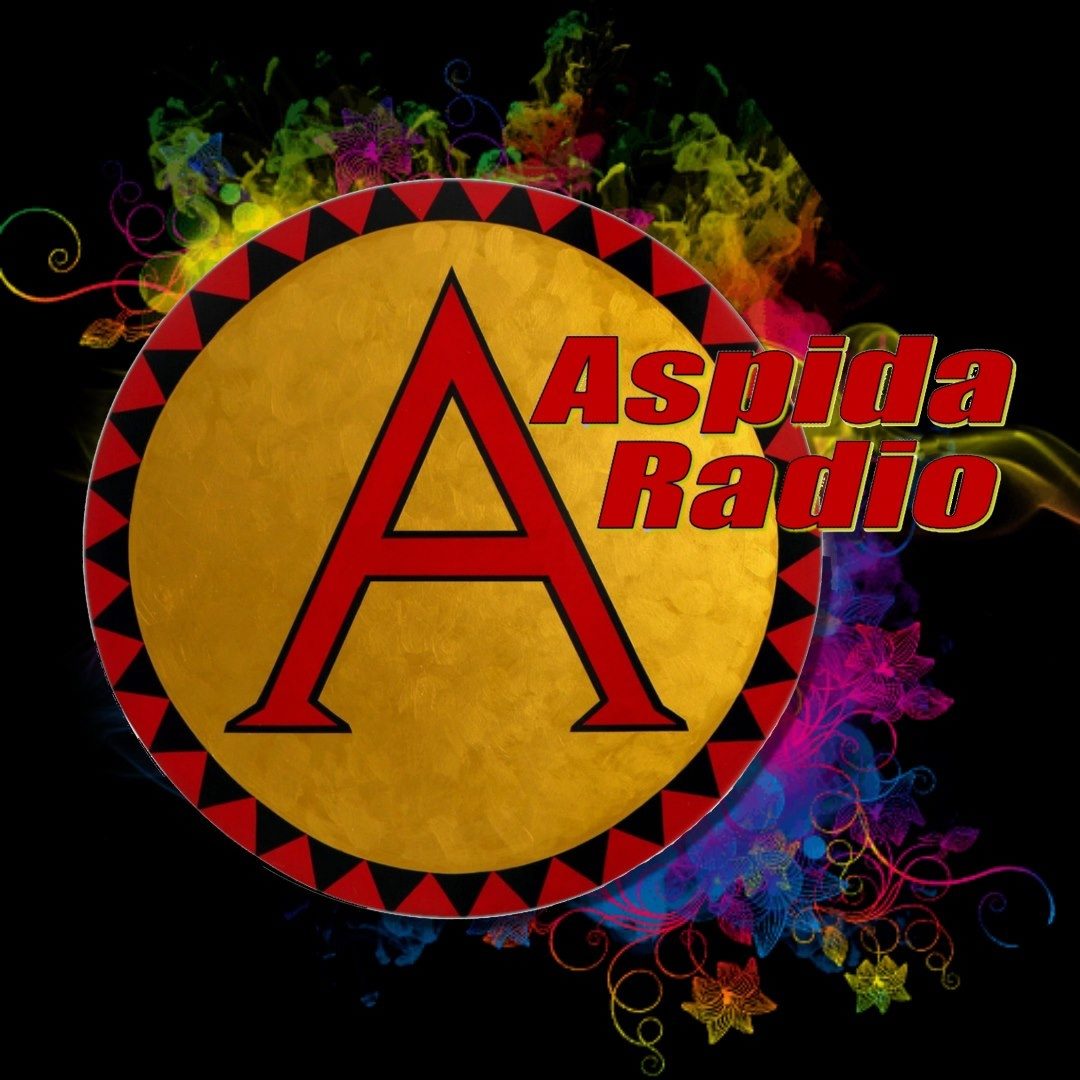Επιμέλεια: Εύα Πετροπούλου Λιανού
Literature is any collection of written works, but it is also used more narrowly for works specifically considered as an art form, especially prose prose, drama and poetry. (definition from the network)
If you are asked will: which is more useful, the sun or the month? — answer: a month. For the sun shines during the day, when it is already light, and the moon — at night. But, on the other hand: the sun is better because it shines and warms, and the moon only shines, and then only on a moonlit night! (Kozma Prutkov)
Earlier we considered examples of choism in the visual arts and the “philosophy of choice”. However, it is obvious that the new trend will be reflected in the literature.
Let’s start with the definition. Literary currents are a way of dividing literature into categories based on similar philosophical, thematic or aesthetic characteristics, as opposed to dividing by genre or period. Based on the articles “The Question of Choice”, it becomes a fairly simple task to characterize the signs of choism in the literature, but the question of a specific manifestation still remains open… How will choism manifest itself in poetry and prose in this case?
First of all, the subject matter. It may seem banal and similar to fine art, but still the simplest manifestation of choism will be the representation of the problem of “choice” in all possible manifestations. These can be dialogues, monologues, descriptions of the feelings of people or nature – in each of these examples, you can find a space for choice. It would seem that as such, this topic was presented earlier, you can recall many examples in classical literature and even in the most modern… But was this the key theme, or was it just a tool to represent symbolism, romanticism or realism? Choism leaves an indisputable reason to assert that as a current in literature, as well as in art, he impartially takes the question of “choice” as the basis for studying and presenting it!
A more complex manifestation will be a special construction of thought and presentation. In this case, you will have to use non-banal comparisons, create a composition that will endow objects with a dualistic nature, but preserve their integrity. Here, work on new rhymes and rhythms that will allow you to discover the formula for representing choism will also become relevant.
In addition, we must admit that choism will not be able to “give birth” from scratch a lot of new words or language rules. For early choism, a sufficient condition will be the formation of unique sequences, the introduction of unique and modern literary works that will allow you to look at literature and language in a new way!
Based on the above, we can conclude that choism has no less grounds for self-manifestation in literature than in art. Its subject matter is promising and potentially interesting, and the methods of presenting manuscripts can be confidently called modern and even innovative. Next, we will take a closer look at the manifestations of choism in prose, poetry, drama, and also give a brief description of choism in literature.
